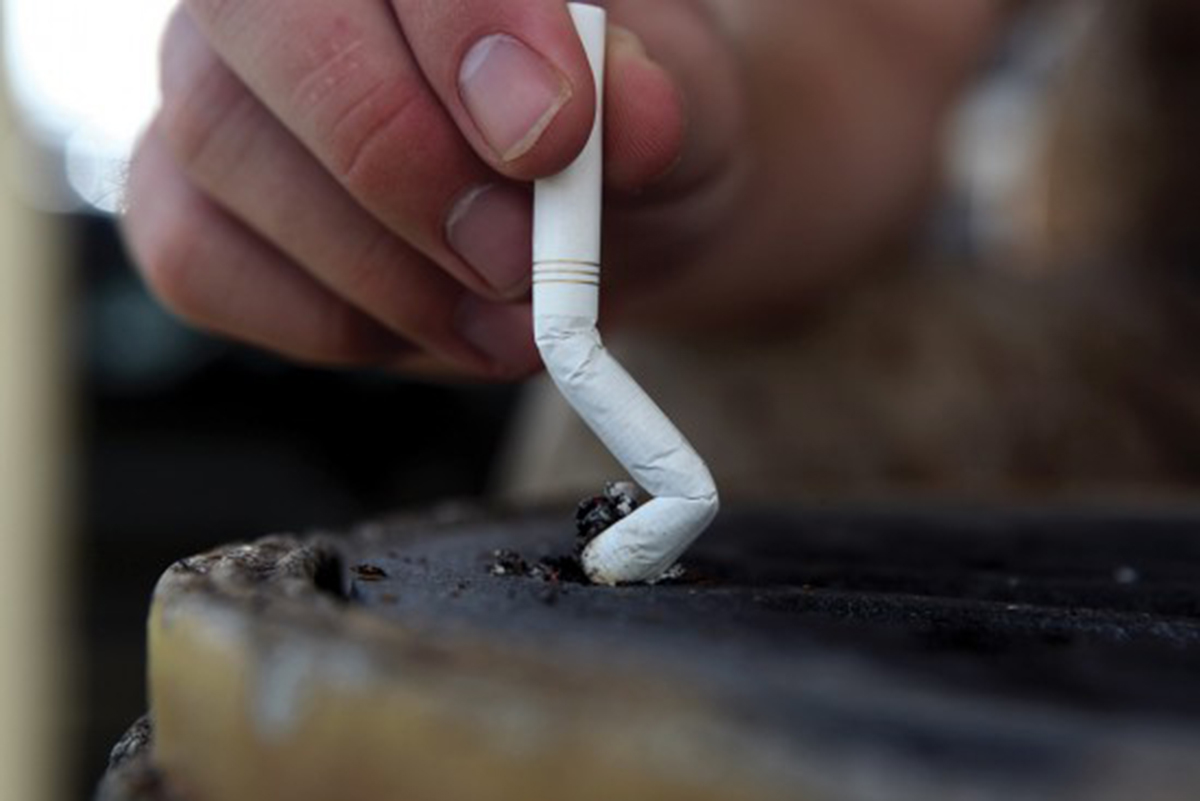Table of Contents
In a word, hard. It makes sense, of course, when you recognize air and breathing as the foundation of any living person's hierarchy of needs.
Breathlessness and physical limitations may restrict social activities, hobbies, and travel. People with COPD may experience feelings of frustration, anxiety, and depression due to the impact on their independence and overall well-being.

Emphysema and Impaired Gas Exchange
Our bodies require a delicate dance of oxygenation and carbon dioxide elimination. If either partner stumbles, disaster results. To people with COPD from emphysema, the most pressing symptom is a constant hunger for air. It's as if they are always just finishing up a hard run, trying to catch their breath. Because they can't catch their breath, they can experience visual disturbances and even anxiety to the point of feeling a sense of impending doom.
Family members and friends report that those with COPD from emphysema can appear confused, restless, or irritable. They may be lethargic, with pale or dusky skin. The increased effort of breathing is evident in their abnormal breathing patterns and flared nostrils. They may even sweat from the increased effort to breathe.
Being Unable to Clear Your Lungs Doesn't Help
Remember the whole "drowning in their own secretions" thing? It's not hyperbole. COPD sufferers on the bronchitis side are literally doing just that. The chronic cough is their body's attempt to clear the buildup of mucus, but it's simply ineffective.
They, of course, have a constant hunger for air also. If you took a stethoscope and listened to their lungs, you would hear a cacophony instead of the measured breathing of a normal person. In the medical world, these are rales and crackles (crackling, popping sounds), rhonchi (a squeaking or snoring sound), and wheezes (a continuous musical sound, like a whistle). There is a constant, wet cough, but it's weak and ineffective. People with COPD from chronic bronchitis can have trouble speaking and may seem panicky, with wild eyes and restless movements. They may even have a blue tinge to their skin.
What Can Be Done?
The first thing is to quit smoking. Immediately.
While the damage already done is, unfortunately, irreversible, you can at least minimize the progression of the disease by eliminating the toxic effects of tobacco smoke. The second thing is to protect your lungs by keeping your flu and pneumococcal vaccinations up to date.
Read More: COPD Caused Anxiety and Depression
The tough part about COPD treatment is that options are limited and of the ones available, almost all come with serious side effects. A common medication is ipratropium, which is an inhaled powder that helps to open up the bronchial passages. Bronchodilators, including short-acting and long-acting bronchodilators, help relax the muscles around the airways, making breathing easier. Inhaled corticosteroids may be prescribed to reduce airway inflammation. Other medications, such as phosphodiesterase-4 inhibitors or antibiotics, may be used in specific cases.
For those with severe COPD, supplemental oxygen may be required, which means toting around an oxygen tank. Oxygen therapy can improve symptoms, enhance exercise tolerance, and prolong survival in individuals with low blood oxygen levels. Steroid therapy can help reduce the inflammatory symptoms of COPD, but long-term steroid use can lead to a plethora of complications like diabetes, osteoporosis, and thinning of the skin.
Pulmonary rehabilitation programs are designed to help improve the overall quality of life for individuals with COPD. These programs typically include exercise training, education about COPD and self-management techniques, breathing exercises, nutritional counseling, and psychological support. Participating in pulmonary rehabilitation can enhance exercise capacity, reduce symptoms, and improve overall well-being.
The good thing about COPD is that, barring genetic deficiencies, you can prevent it from developing in the first place. Quit smoking. Even better, don't even start. Protect your lungs; you're going to need them.
- Chronic obstructive pulmonary disease. (2001). In Taber's Cyclopedic Medical Dictionary (pp.584-585, Edition 19). Philadelphia, PA: F. A. Davis Company.
- Emphysema. (2001). In Taber's Cyclopedic Medical Dictionary (pp.663-664, Edition 19). Philadelphia, PA: F. A. Davis Company.
- Bronchitis, chronic. (2001). In Taber's Cyclopedic Medical Dictionary (pp.286-287, Edition 19). Philadelphia, PA: F. A. Davis Company.
- Mindmap by steadyhealth.com
- Photo courtesy of MilitaryHealth by Flickr : www.flickr.com/photos/militaryhealth/8652395915/

